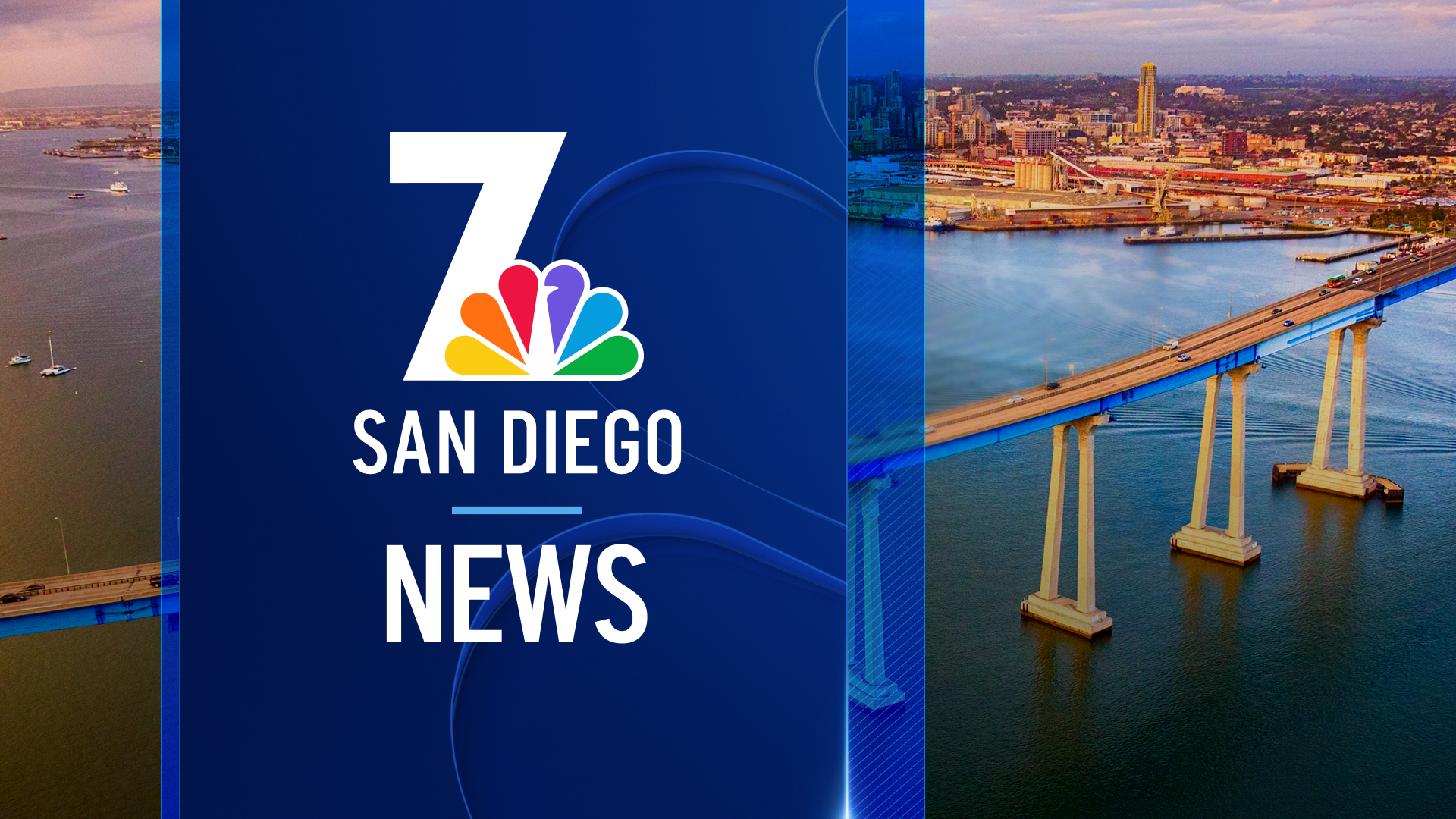A lot of red flags were raised at City Hall Monday over a proposed change in how San Diego manages its redevelopment projects.
Should the entire process be consolidated under the direction of the Centre City Development Corporation?
The issue arises at a time when Governor Brown and some powerful lawmakers want to shut down the state's local redevelopment agencies and redistribute their money to schools and other districts.
Until that happens, Councilwoman Marti Emerald wants a citywide approach modeled after the leadership behind downtown's makeover.
"It's often been said that the only truly successful redevelopment area in the city is downtown," Emerald told her City Council colleagues at a hearing before an ad hoc committee that helps oversee San Diego's in-house Redevelopment Agency. "We want success stories in all of our neighborhoods."
Downtown's boosters credit its renaissance to the Centre City Development Corporation, which has steered billions of dollars worth of private building projects and public infrastructure since 1975.
Emerald's idea is to merge CCDC, the Southeast Development Corporation and San Diego Redevelopment Agency into a new entity that would guide urban renewal citywide.
Affordable housing would be turned over to the San Diego Housing Commission, with the share of redevelopment property taxes hiked from 20 to 35 percent.
But Council members raised numerous questions on Monday about the overhaul.
So did community activists, who pointed out that the Housing Commission tends to build where land is inexpensive, and the type of projects where building costs are lower.
"You've said, 'We want integrated communities; we don't want to put all of the poor people in some ghetto in the corner'," said Gary Smith, president of the San Diego Downtown Residents Group. "So it's a thing to think about when you go forward. Because it may have unintended consequences."
Some redevelopment skeptics want downtown's 'tax increment' wealth shared with all redevelopment areas.
"If you look at what true blight is, the blight doesn't exist downtown any more," said Susan Tinsky, executive director of the San Diego Housing Federation. "True blight exists in commercial (areas), it exists down on the border and Barrio Logan."
Others want the process put out to pasture, period.
"The true financial beneficiaries of downtown redevelopment," said Hillcrest resident Mel Shapiro, "are the out-of-state hotel owners, developers, and lobbyists and the politicians who reap campaign contributions from them."
It'll take about a month for lawyers and financial experts to sort through the various issues and obstacles to consolidating redevelopment under one roof.
By that time, it might be clearer where the governor and Legislature stand on the future of the process statewide.


